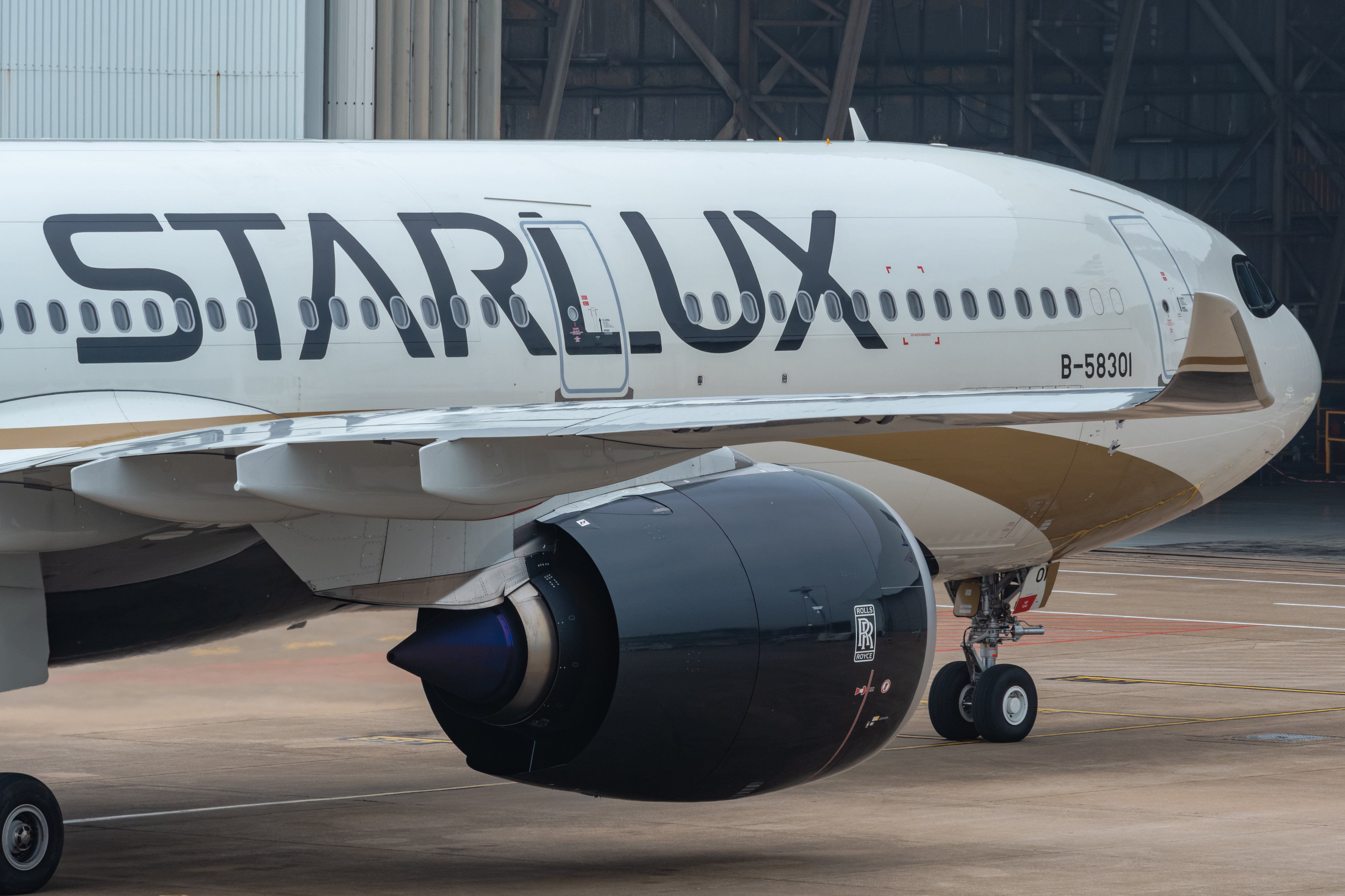
By Josh Wood
Published Sat Nov 08 2025
The ongoing United States government shutdown, caused by delays in signing financial spending plans into law, has led to major implications for the country’s air traffic control system. The Federal Aviation Administration (FAA) has ordered reductions in flight capacity at around forty major airports due to safety concerns linked to staffing shortages among air traffic controllers.
Currently, about four percent of flights have been cut, with plans to increase this to ten percent if the situation continues. This is already causing widespread disruption across the US. Major airports affected include Atlanta Hartsfield Jackson, Dallas Fort Worth, Denver, and Los Angeles, among others. The core issue stems from the shutdown, meaning many controllers are working without pay. Recruitment and training are suspended, fatigue is rising, and the FAA has warned that safety margins and overall performance are being degraded.
The FAA and the wider US air traffic control system have been under intense scrutiny following a series of serious incidents, most notably the crash at Washington Ronald Reagan Airport in January 2025, which tragically claimed 67 lives. Preliminary findings suggest that at the time of the crash, a single controller was managing both the American Airlines aircraft and a US Army helicopter, contrary to FAA staffing regulations that require adequate personnel levels in the tower.

Further incidents have raised concern since the crash. In February 2025, a Southwest Airlines B737 was forced to go around at Chicago Midway after a business jet taxied across the active arrival runway. In September 2025, an American Airlines aircraft aborted take off at Los Angeles International after a cargo aircraft crossed the same runway without clearance. These are just two of many recent examples of runway incursions and near misses that highlight growing risks within US air traffic management and flight safety.
In 2024, there were 1,474 reported runway incursions in the United States, defined as incidents involving the incorrect presence of an aircraft, vehicle, or person on a runway. This averaged around four per day according to the FAA, with 16.8 million flights in US airspace during the same year. Although runway incursions were down seventeen percent from 2023, the overall figure remains significantly higher than in Europe.
Across Europe, data from the Performance Review Body (PRB), which monitors the EU’s Air Traffic Management and Air Navigation Services, recorded 3.5 runway incursions per 100,000 movements in 2023. With around 10.2 million flights across the ECAC and
European network, this equates to approximately 350 runway incursions, a dramatically lower figure than that of the United States.
The comparison underscores the urgent need for renewed investment in the US air traffic control system, not only to restore capacity, but to rebuild confidence in its safety oversight and resilience.

The United States now faces a critical moment for its aviation infrastructure. While the government shutdown may be temporary, the issues it has exposed within the air traffic control systems are deeply structural. Controller shortages, training backlogs, and fatigue have converged to create a fragile environment where safety margins are increasingly narrow. The rising number of near misses and runway incursions should serve as a stark warning that operational resilience is being tested.
As Europe demonstrated, sustained investment in staffing, technology, and oversight can significantly reduce runway risk. For the United States, restoring the stability of its air traffic control network will require more than ending the shutdown, it will demand long term commitment to safety, modernisation, and the people to keep the skies safe every day.
Have questions or want to share your thoughts?
Get In Touch




